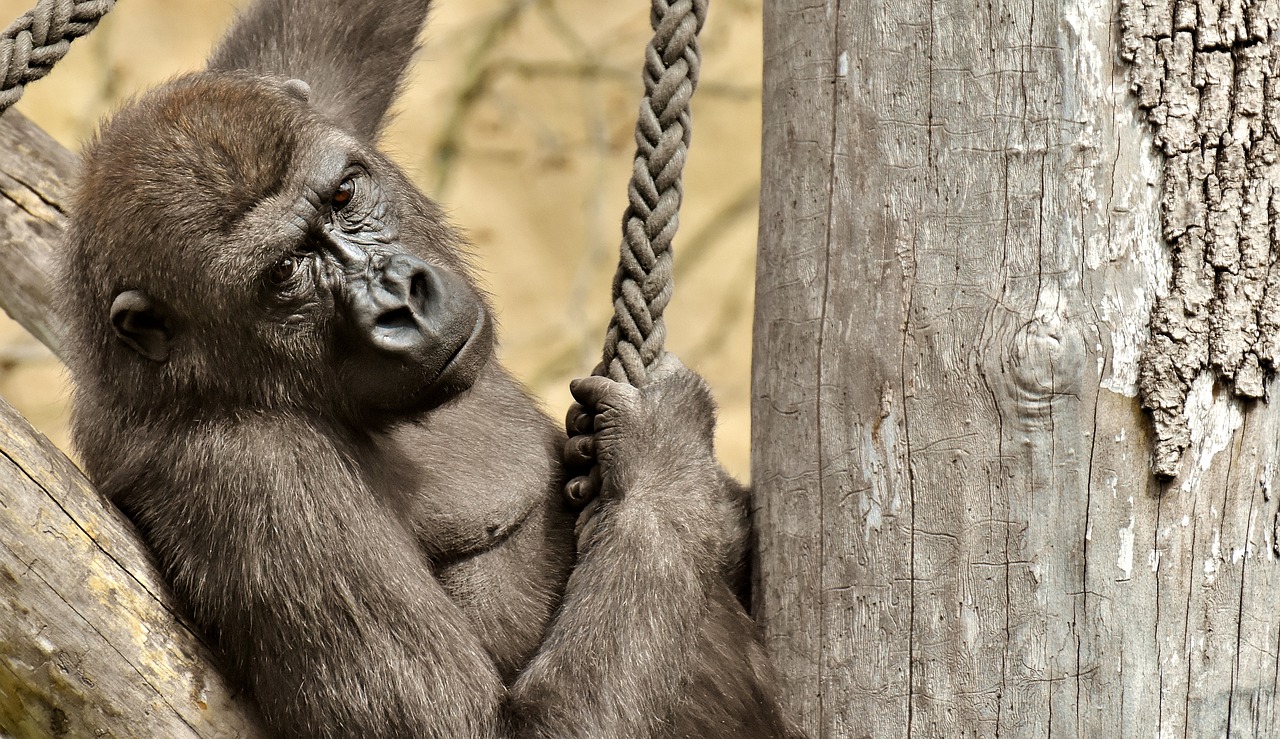When the first stages of COVID-19 washed across the world, everything stopped for a time. I was only musing with a friend last week that we had no idea how long lockdowns would last this time three years ago.
Turns out that we weren’t the only ones affected by the world stopping: bonobos, chimpanzees, western lowland gorillas and olive baboons at Twycross Zoo and Knowsley Safari in the UK changed their habits in a variety of ways, including the amount of time they spent resting and eating.
Visitor interactions are thought to be crucial to the welfare of zoo animals. Yet these interactions have the potential to be either positive or negative, so the researchers were keen to see the difference when the crowds weren’t there.
Over several months and multiple open and closure periods, there were noticeable changes in primate behavior, which varied depending on the animal.
As visitors began to return to the zoo, the bonobos and gorillas spent less time alone, while the gorillas also spent less time resting. Chimpanzees, meanwhile, were eating more and engaging with their enclosures more when zoos reopened.
The olive baboons in the safari park were seen to engage in less sexual and dominance behavior when the visitors came back. They also tended to approach visitor cars more often, compared with the ranger vehicles they saw when the park was closed.
Whether or not these changes were positive is harder to say.
The researchers suggest that the returning visitors seemed to stimulate the chimpanzees and baboons, while gorillas and bonobos spending less time alone could also be viewed as positive.
At the same time, it could be argued that gorillas – naturally more sedentary animals – were disrupted by the crowds in that they spent less time resting.
That the gorillas changed the parts of their enclosures they spent the most time in when visitors came back suggests that the animals can to some extent manage this disruption.
This is all valuable data for animal welfare researchers, who know that visitors can have all kinds of effects on wildlife – from adding feelings of companionship and safety, to being sources of annoyance or even threats. This needs to be factored into how zoos and parks are run and designed.
I talked about this with Danny Hoyland on West Bremer Radio on 25 March 2023. Listen live each week: Saturday 7.40 am, West Bremer Radio.
Source: When The Pandemic Came, The Zoos Shut, And The Animals Began to Act Differently

